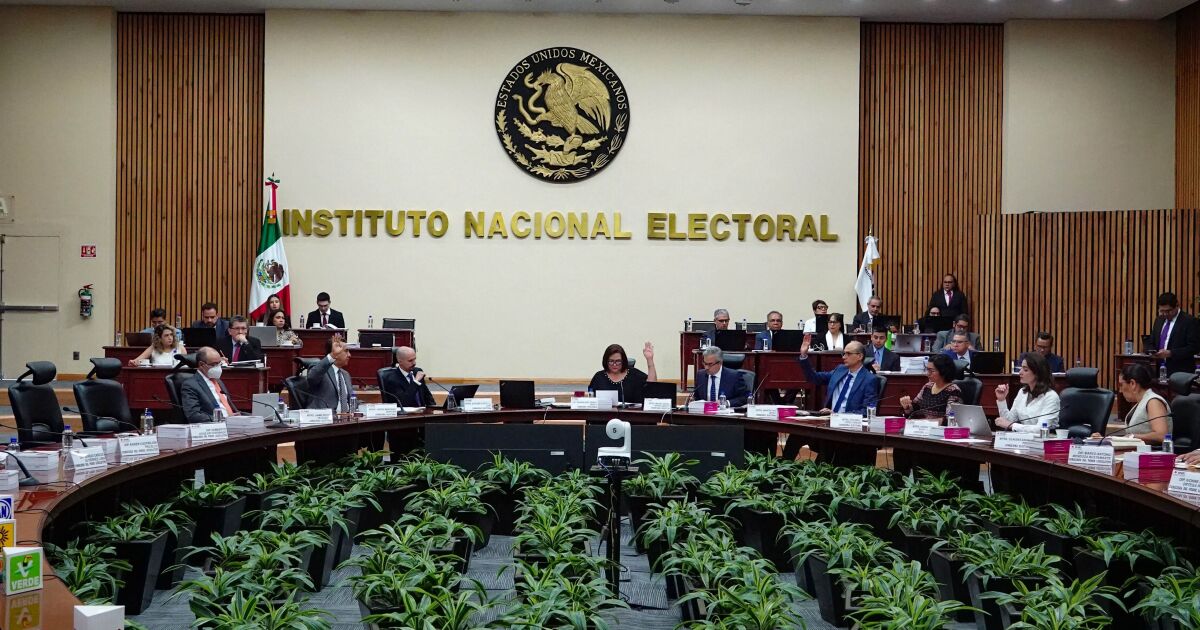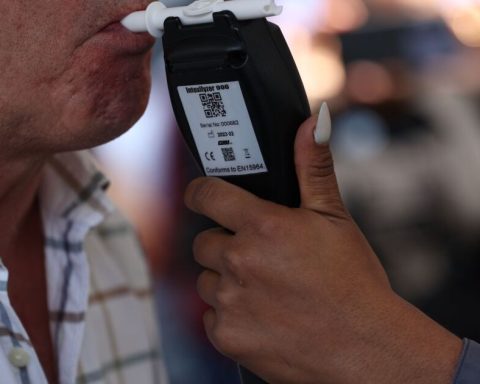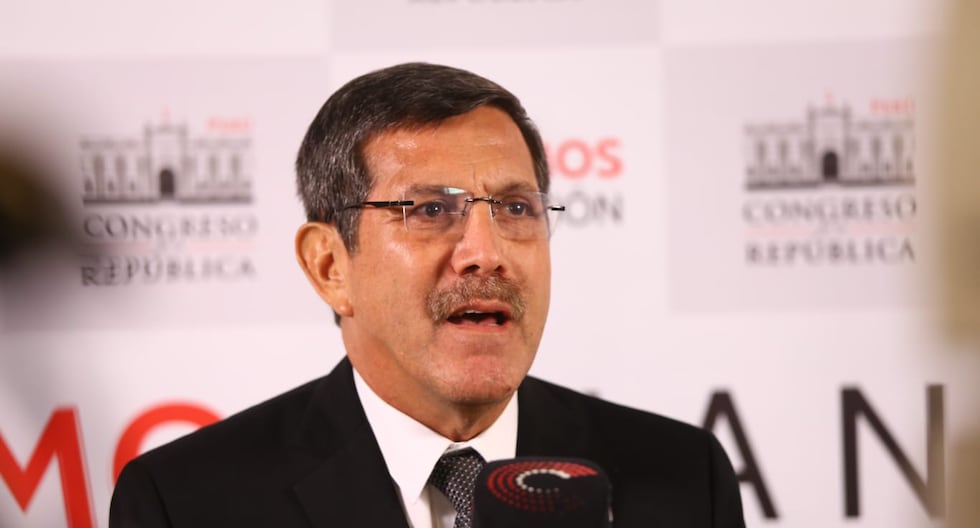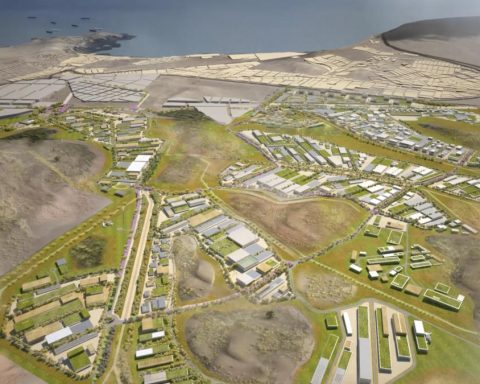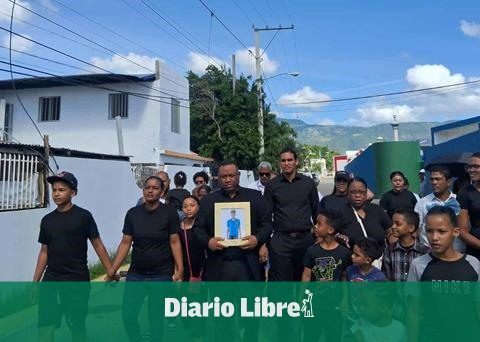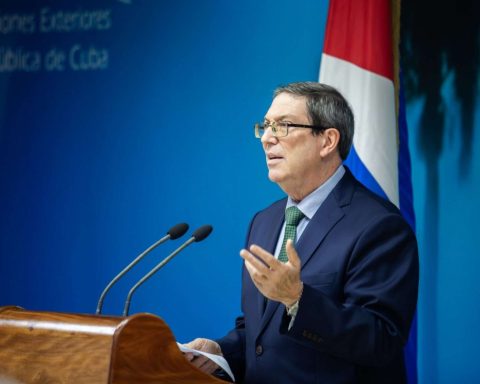The agreements to be endorsed in its session this Monday are a Program for the Promotion of Citizen Participation; the invitation to foreign observers; rules to operate the microsite “Conóceles System for the election of members of the Judicial Branch of the Federation”, criteria for the distribution of the State’s time and the rules that those interested in disseminating surveys or polls must abide by.
Like every year in which there are elections, the INE increases the number of promotional spots and, in 2025, as in 2024, it will manage 48 minutes a day on each radio station and television channel, given that it has the exclusive power to place spots on electronic media with electoral political content.
He will split that airtime to cover all obligations. In one part it will disseminate party promotional material, since its dissemination is permanently guaranteed, and in another part it will distribute three to three minutes to the electoral authorities.
Due to the complexity of the process, it anticipated various scenarios, since in Veracruz and Durango, for example, it must also disseminate ordinary election campaigns.
In general terms, in the rest of the country 42 minutes would be dedicated to broadcasting the judicial electoral process and its candidates, in commercial radio concessions, and 43.5 minutes in commercial television concessions, in addition to 44.5 minutes in public and social concessions. radio and television
Depending on the scenario, there would be periods in which he would dedicate up to 23 minutes to publicize judicial candidates; of them, 63% of the time to candidates at the national level and by electoral district, that is, ministers, magistrates of the Judicial Disciplinary Court and Superior Chamber and the five Regional Chambers of the Electoral Tribunal.
Meanwhile, 13 minutes of the time (37%) would be for nominations for judges.
In the event that there are local judicial elections, they would have 50% of the agreed time, that is, there would only be 6.5 minutes to broadcast on the radio and 7 on private television and 7 on public television to announce flag bearers for the federal election and another equivalent time for local candidates.
It proposes, therefore, agreeing that all spots must be generic – that is, they will not include names of candidates – in order to comply with the coverage model by federal entity and by constituency; prevent candidates from incurring financing irregularities and not saturate the material and human resources of the INE in the qualification of promotions.
“When considering the number of candidates that could be presented for each position in the PEEPJF and the time available on radio and television for their promotion, it is materially impossible to guarantee equal access to the program under the same conditions for all candidates,” indicates the project in the agreement to be approved.
The INE suggests that it would be materially impossible for each of the 5,300 candidates for judicial positions that will be in competition to be able to send their spot to be broadcast since only its production would exhaust the possible spending limit to be established.
It is also not feasible to change the material that is presented to them to have – such as the parties, different spots as the campaign progresses – since the one related to judicial charges will only last 60 days, in addition to the fact that there is a lack of resources, personnel and time to upload various versions. of promos since dozens of visual and auditory technical parameters must be qualified.
Therefore, there would be no differentiated guidelines nor could they have changes.
